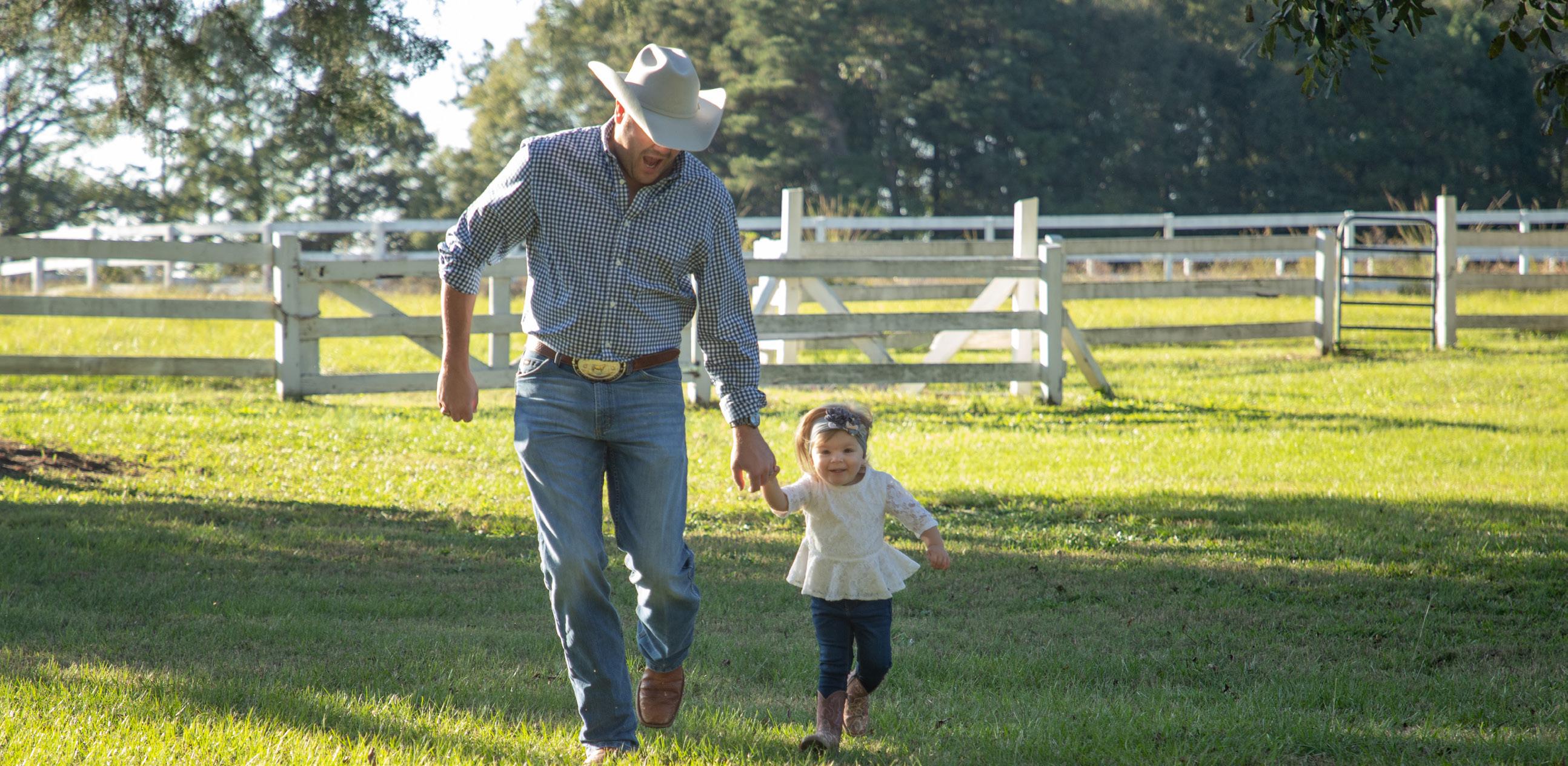
4 minute read
Taking Control in Uncertain Times, By Dale Sandlin
We see them nearly every day: sometimes on the interstate, sometimes aboard ships, sometimes as storage units – even as houses and swimming pools. They act as vessels for everything from household goods to agricultural product delivery systems. If you guessed shipping containers, you’d be right – but have you ever thought about their origins? It’s a story of one man’s simple observation and the desire to improve his own circumstances and betting on himself.
Malcom McLean was born in 1913 and grew up in North Carolina, graduating in 1935 from high school. Upon graduation, he went to work for his siblings’ trucking company because his family could not afford to send him to college. As a truck driver sitting on the dock in 1937 waiting for his truck to be unloaded, he noticed that at the time most goods were shipped individually and very inefficiently. This process was very time-intensive, taking hours to unload an individual trailer. McLean began to consider how these goods could be more efficiently shipped to greatly reduce the time required to load and unload each ship. His first idea came to him in 1952, with a plan to load the trucks and trailers together onto ships for the voyage. While this would have sped up the process, it was also inefficient due to wasted cargo space. Over time, McLean adjusted the design to include only the cargo hold portion and developed a locking mechanism to stack the containers on the ship. Thus, the modern shipping container was born.
Advertisement
McLean took the idea and went one step further. In 1956, McLean got a sizable loan to buy surplus ships, turned them into a proof of concept, and shipped containers through his own shipping company. This method of shipping cut the time needed for loading and unloading significantly, as well as the costs associated with shipping. It’s safe to say that McLean completely changed the world by making a simple observation while waiting for cotton bales to be unloaded from his truck in 1937.
There’s a lesson that we can all learn from McLean’s example: We are in charge of our own fortunes. By observing what we are doing on our operations, we have the ability to make changes that can make a difference in our bottom lines. Culling mother cows that don’t breed back, identifying better genetics through replacement heifers, and putting the extra time and investment into vaccinating and castrating bull calves – all these can add to our bottom lines.
Such methods are critically important during times like these, when the costs of inputs on our operations have skyrocketed. With fuel and fertilizer costs soaring with no end in sight – added to the shortages of labor and available parts for equipment – we have to be even more cautious of our expenses to ensure the stayability of our operations. Given the market imbalance between the price of beef and the value of live cattle, the revenue we once expected has been cut significantly; this also puts a strain on the bottom line.
GCA has been working with our legislative delegation in Washington to address the market disparity. Working with our Senate delegation, we’ve been able to explain to them the nuances of our industry, advocate for policies that are beneficial for our markets, and submit questions for the senators to ask in the respective hearings. We’ve also been working on the regulatory front to address various issues within the industry, including meat processing.
Earlier this year, the Biden Administration announced $1 billion in processing expansion within our industry. $200 million is now being made available under the newly created Meat and Poultry Intermediary Lending Program (MPILP). This program provides grant funding to intermediary lenders who finance – or plan to finance – the startup, expansion, or operation of slaughter or other meat and poultry processing. More information on the MPILP and all programs aimed at increasing processing capacity can be found at www.usda.gov/meat. An additional $25 million is being invested in workforce training programs for meat and poultry processors. The funds will be distributed through USDA’s National Institute of Food and Agriculture (NIFA). There are two opportunities for funding under this program: extension risk management education and community/technical college expanded learning. This announcement could greatly help our ability to expand processing capacity in Georgia.
Lastly, a new report on “Promoting Competition in Agricultural Markets” was published in late May; it describes USDA’s strategy for promoting competition in all agricultural markets - including the meat and poultry sector. The report includes the announcement of two new pro-competition initiatives. First, USDA is announcing plans to complete a top-to-bottom review of its programs to ensure that they promote competition. Second, the USDA announced that it would update guidance to strengthen the verification requirements for the most widely used “animal-raising claims,” to ensure that consumers get what they are paying for. We anticipate that the verification requirements for “animal-raising claims” will include action on the Product of the USA label, but it is unclear what other programs USDA may be targeting.
One thing to keep in mind during these uncertain times is this: God doesn’t give us anything that we can’t handle (Proverbs 3:5-6). Taking that to heart can empower us to see what often gets clouded by other interests. Pay close attention to those things that you can control to improve your operation. If we were to all follow Mr. McLean’s example and take action on an observation – imagine how much further our industry could be advanced.
Taking Control in Uncertain Times
By Dale Sandlin











